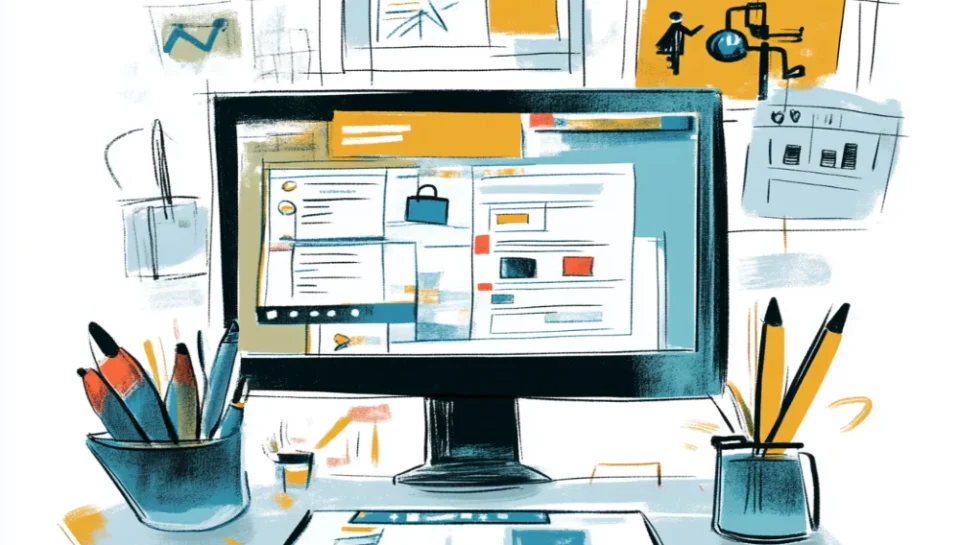
Are digital-only formats affecting traditional design practices?
Shift in Layout and Resolution Standards
- Digital formats demand screen-optimized layouts over print dimensions.
- Designers focus on pixel precision rather than print DPI or bleed margins.
- Page sizes are adapted for common screens such as A4, mobile, or landscape view.
- Elements are spaced for clarity on devices, avoiding dense arrangements.
- Resolutions are chosen to balance file size and visual clarity on screens.
Reduction in Print-Dependent Features
- Traditional features like embossing, foil stamping, or specialty paper are omitted.
- Design elements such as textures or watermark effects are digitally simulated.
- Fold lines, margins for binding, and printer alignment marks are no longer required.
- Ink and toner compatibility is no longer a limiting factor in digital design.
- Complex finishes are replaced with interactive or animated elements.
Integration of Interactive and Dynamic Content
- Digital letterheads and documents may include clickable contact details.
- Hyperlinks, QR codes, and navigation buttons are incorporated.
- Elements like digital signatures, embedded forms, and live fields are supported.
- Interactive features improve usability but require different layout logic.
- Templates are built with editable layers for automated personalization.
Adaptation to Multi-Platform Use
- Designs must perform well across PDF, email, mobile apps, and cloud platforms.
- Responsive or adaptable layouts are prioritized over static print alignment.
- Templates are exported in formats suitable for web sharing and digital signing.
- Designers consider compatibility with screen readers and accessibility tools.
- Uniform appearance across platforms becomes more critical than print fidelity.
Influence on Aesthetic and Branding Choices
- Bright colors, gradients, and bold typography are more common in digital formats.
- Simpler, flatter designs are preferred to reduce rendering issues online.
- Brand guidelines now include digital-specific variants of logos and text.
- Digital viewing habits influence font size, contrast, and spacing.
- Design emphasis shifts from tactile impression to clarity and functionality.





